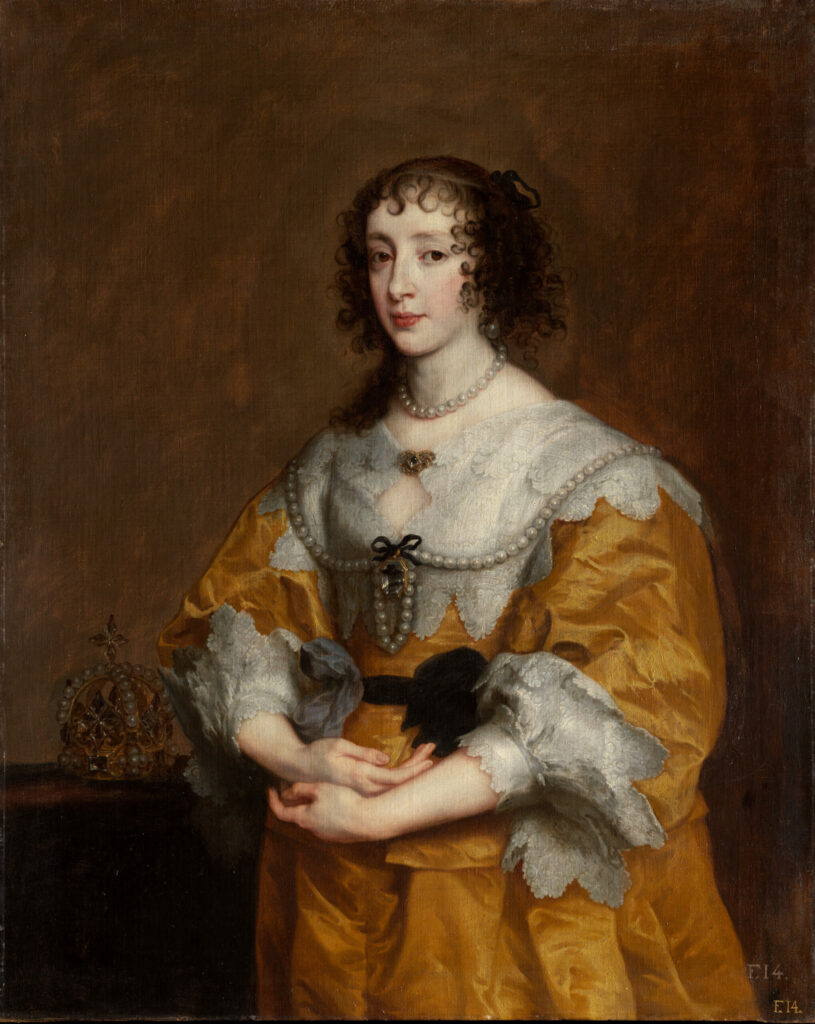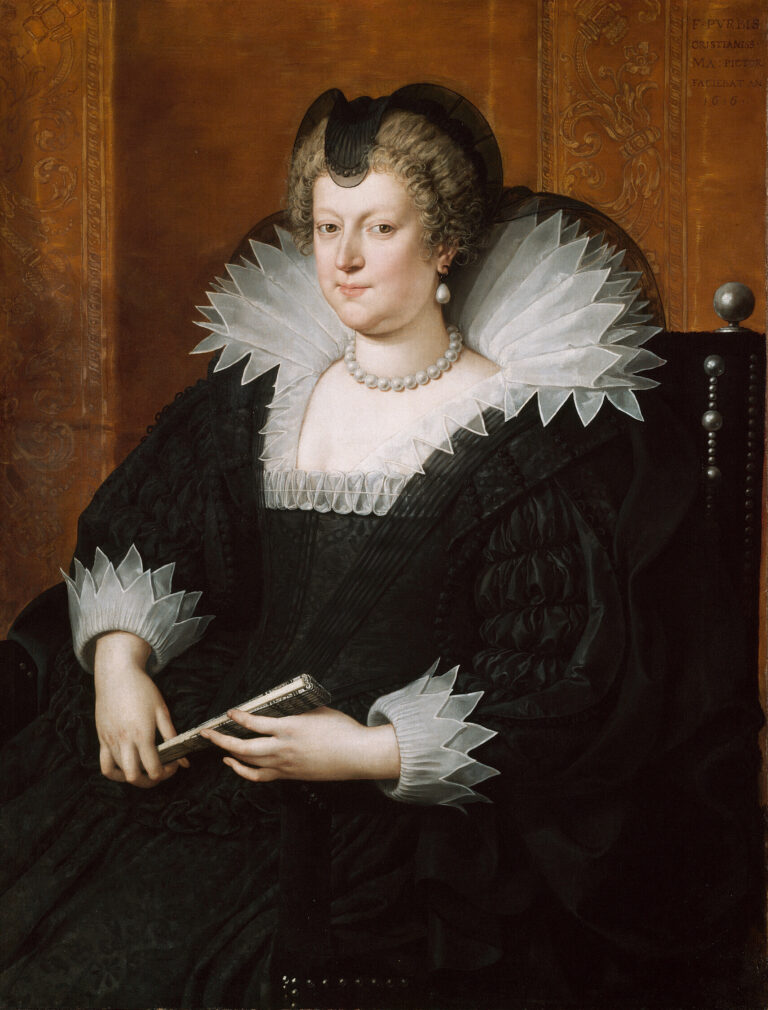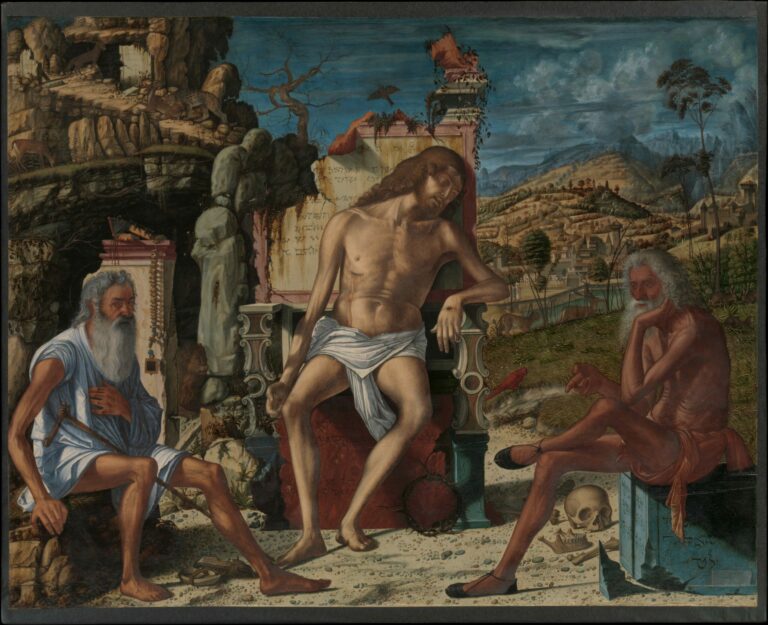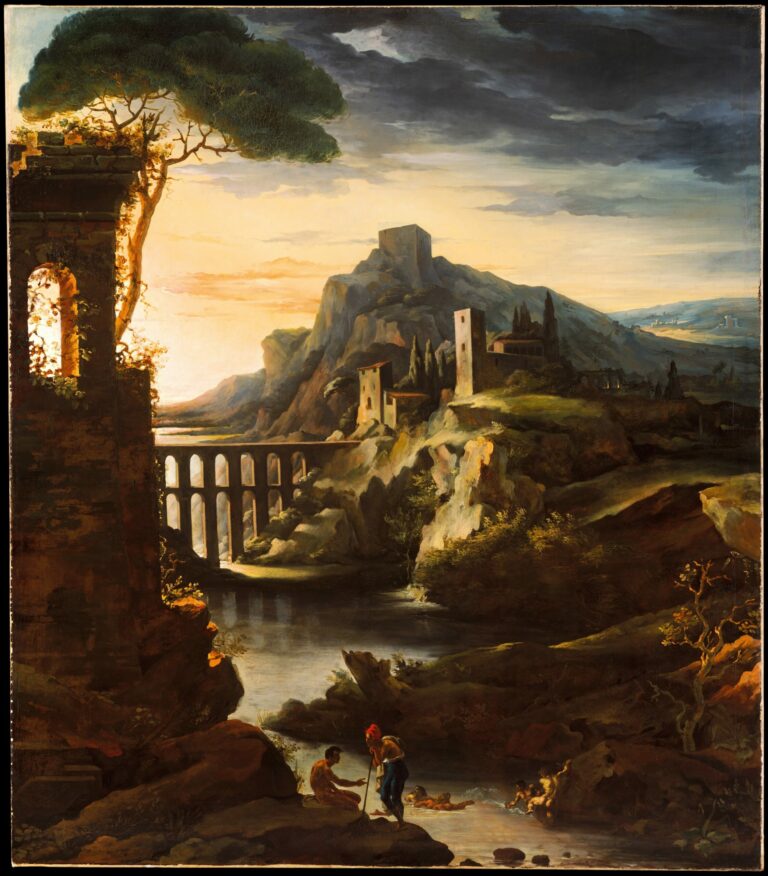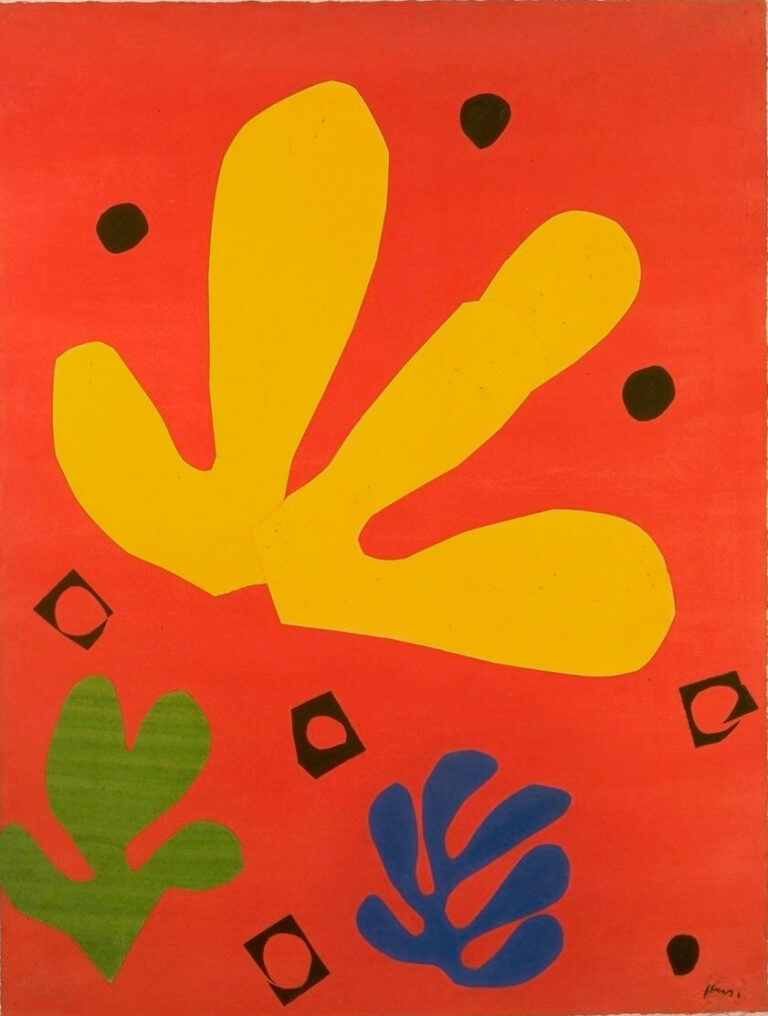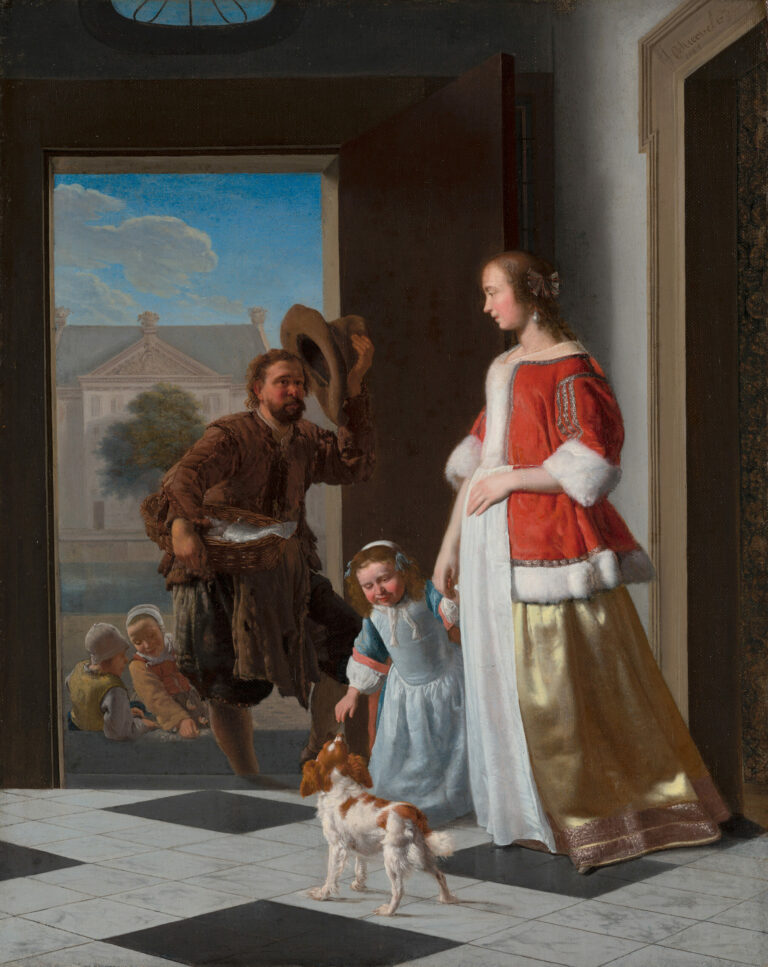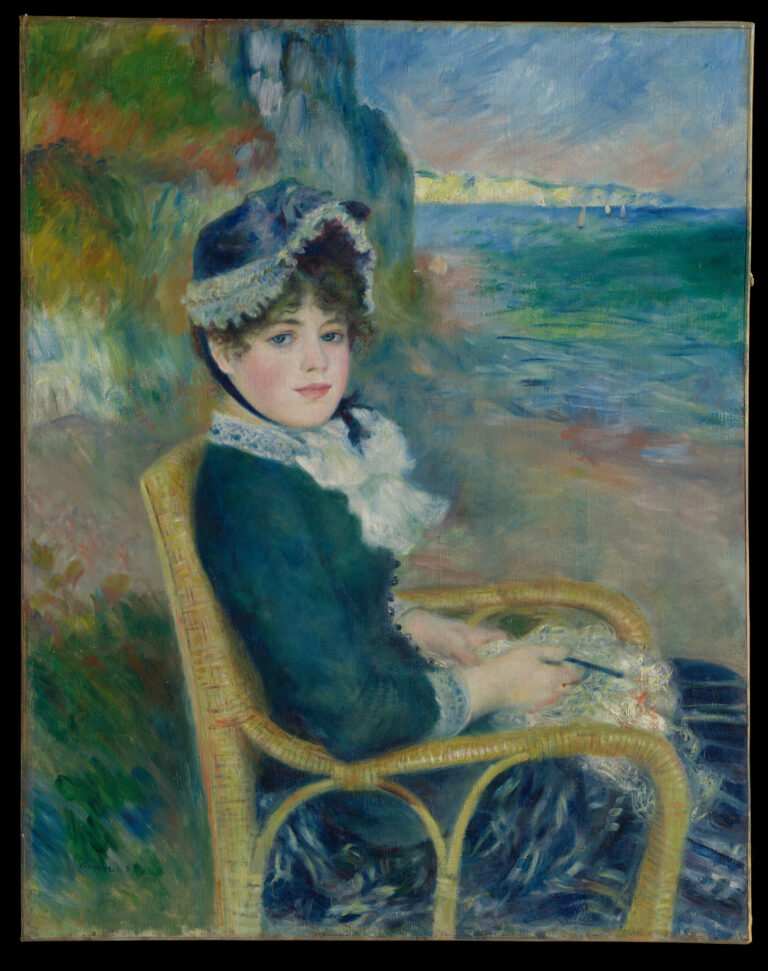Queen Henrietta Maria: a Royal Portrait as Diplomatic Masterpiece. Henrietta Maria of France, queen of England, in her full royal dignity, embodies the alliance between courtly elegance and religious diplomacy.
In this masterful work, the sovereign appears in a pose imbued with grace and intimacy, her arms delicately crossed over her abdomen, swollen with pregnancy—a powerful symbol of dynastic continuity. Her silhouette stands out against a warm brown background that accentuates the sumptuousness of her golden dress with amber reflections, enhanced by exquisite white lace and precious pearls.
The queen’s serene countenance, framed by artfully arranged dark curls, reflects a calculated gentleness, while the royal crown strategically placed at her side serves as a reminder of her eminent status. This painting transcends its function as a mere portrait to become a subtle diplomatic instrument, bearing witness to Catholic ambitions in Anglican territory.
Further Information
- Queen Henrietta Maria, by Anthony van Dyck, 1636
- 41 5/8 × 33 1/4 in. (105.7 × 84.5 cm)
- The Metropolitan Museum of Art, Fifth Avenue, New York, displayed in gallery 618
- https://www.metmuseum.org/art/collection/search/438112
Anthony van Dyck (1599-1641), the undisputed master of aristocratic portraiture, reaches the pinnacle of his art in this work. Flemish by birth, trained under Rubens before perfecting his style in Italy, he became the official painter to the English court in 1632. His genius lies in his ability to marry aristocratic grandeur with elegant informality, creating a new iconography of power that would profoundly influence European art for generations. In this 1636 portrait, commissioned as a diplomatic gift for Cardinal Barberini, Van Dyck deploys his full technical virtuosity—particularly evident in his rendering of fabrics and the luminosity of flesh tones—to serve a complex political strategy, transforming his brush into an instrument of influence in service of the Catholic queen in Protestant lands.

